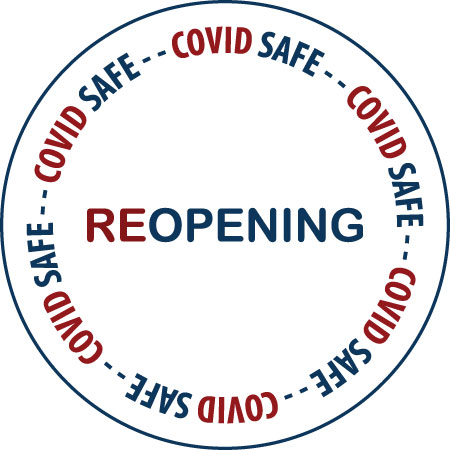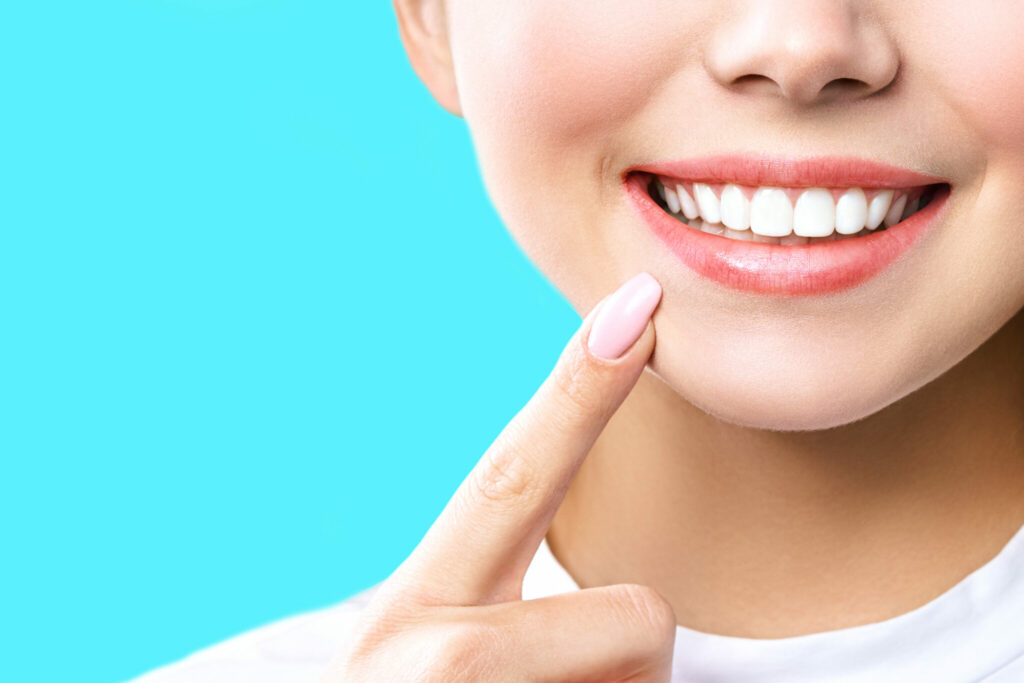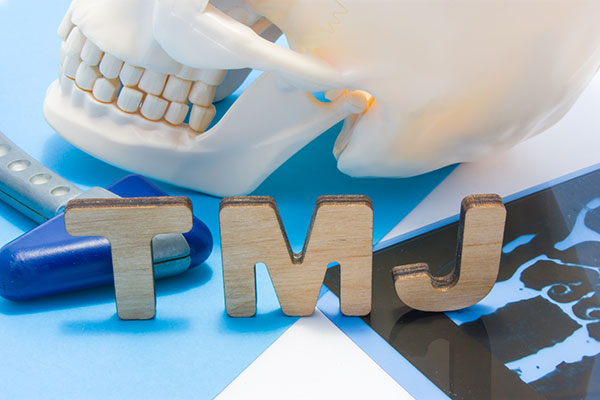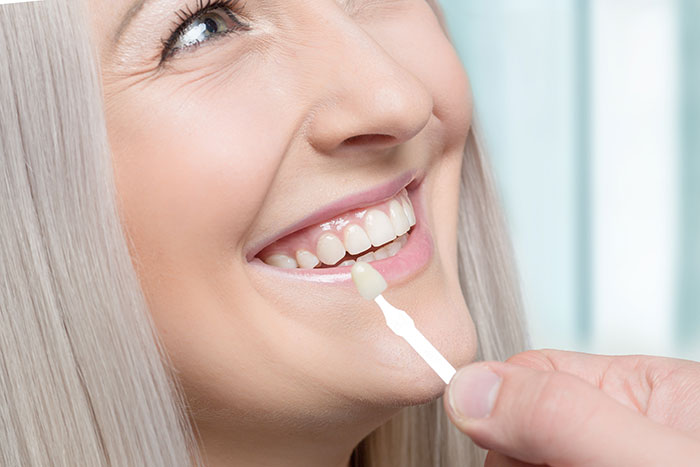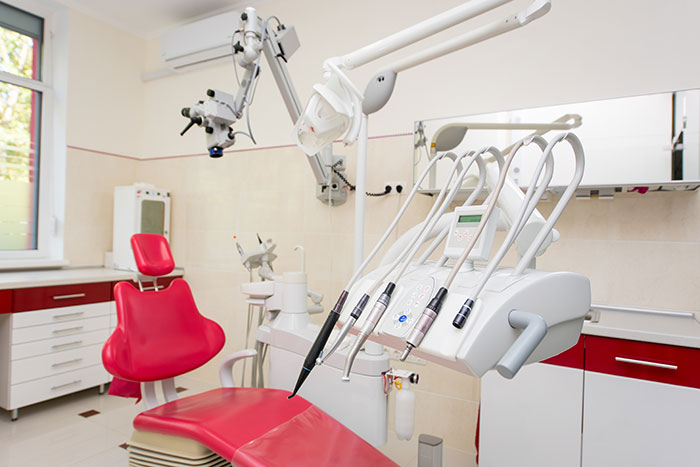Practice News
Message To Our Patients
We are excited to announce that Tim Burgiss D.D.S. has re-opened as of May 11th. We know this has been a challenging and often confusing time for many of our patients, and we’re happy to be available again for your regular dental care.
We’re carefully monitoring both the evolving situation around the COVID-19 pandemic and the policies and best practices being set forth by both the ADA and state and local authorities. The safety and well being of our patients and staff have always been our top priority, and moving forward we’re making some changes to ensure that we all remain healthy. Toward that end, we’d like to ask for your cooperation to ensure the best possible outcome for us all.
We ask that you reschedule your appointment if any of the following apply to you:
- You or an immediate family member has a fever.
- You or an immediate family member have flu-like symptoms
- You or an immediate family member has shortness of breath
- You or an immediate family member has a cough
- You or an immediate family member has tested positive for COVID-19
- You or an immediate family member has traveled to a COVID-19 hotspot
If you’re displaying symptoms, please seek appropriate medical care and continue to practice self-isolation. Stopping the spread of this disease is a vital step in getting both our practice and our community back to normal.
What to expect next time you visit Tim Burgiss D.D.S.
When you arrive at our office for your appointment, you may notice a few changes we’ve made in order to ensure everyone’s health and safety. These changes might include:
- Our office will communicate with you beforehand to ask screening questions. You’ll be asked those same questions again when you are in the office.
- We have hand sanitizer that we will ask you to use when you enter the office. You will also find some in the reception area and other places in the office for you to use as needed.
- We are requesting that all patients bring and wear a mask for your appointment. This is for the protection of our patients and staff. If you do not have a mask, our staff can provide you one.
- You may see that our waiting room will no longer offer magazines, children’s toys, and so forth since those items are difficult to clean and disinfect.
- Appointments will be managed to allow for social distancing between patients.
- We will do our best to allow greater time between patients to reduce waiting times for you, as well as to reduce the number of patients in the reception area at any one time.
We know this is a difficult time, and we’re genuinely looking forward to seeing all of our patients again. If you have any questions or need to schedule an appointment, please contact us. We appreciate your support and patience as we get things back on track!
Does Teeth Whitening Work?
Teeth whitening is a popular cosmetic dental procedure, which as the name suggests removes stains and discoloration from teeth. Teeth staining is more common than you might think–diet, smoking, damage, and environmental conditions can all discolor teeth. The goal of tooth whitening is to remove those stains and restore or improve your teeth’s natural shine and brightness. So that leads us to our central question: does teeth whitening work?
The answer depends on the teeth whitening method used, so let’s take a look at some common means of teeth whitening and see how they stack up!
Charcoal Teeth Whitening
Charcoal Teeth Whitening is in Vogue these days, with a great many social media posts dedicated to the subject. On first examination, it seems plausible: charcoal is absorptive and could conceivably help “soak up” and remove stains and discolorations from teeth. Charcoal teeth whitening has the additional advantage of being relatively accessible and affordable, as dietary charcoal and charcoal toothpaste is found in many specialty groceries and health food stores. So it all sounds great, but there’s one drawback–there’s very little scientific evidence supporting charcoal teeth whitening. A report from the Journal of the American Dental Associate concludes much more research is needed as to the efficacy of this form of teeth whitening, so let the buyer beware.
Whitening Toothpaste
In a similar vein, Whitening Toothpaste is even more popular and accessible than charcoal teeth whitening methods. Whitening toothpaste is available in most supermarkets and drugstores and has proven consistently popular among regular folks interested in a brighter smile. Whitening toothpaste works using a combination of two methods: special abrasives that scrub stains away and peroxide like substances that remove them chemically. But do they work? Well, to a degree yes–some are even approved by the ADA. However, they’re most effective at maintenance and mild staining, and may not address stronger or darker stains. And due to their abrasive nature, they must be used according to the manufacturer’s directions in order to avoid enamel erosion.
Cosmetic Teeth Whitening
This leads us to Cosmetic Teeth Whitening, as performed by a dentist or other oral health professional in-office. There are a number of methods they might employ, including chemical bleaching, light-activated whitening, and whitening mouthpieces to be worn at home. Chemical bleaching is the more common of them all, and does just what it sounds like: your dentist or oral hygienist uses a bleaching chemical, generally a 10% to 22% concentration of carbamide peroxide or hydrogen peroxide. This can greatly improve the brightness of your teeth and smile–anywhere from five to seven shades brighter! Costs vary, but it’s generally a fairly simple and speedy procedure with minimal discomfort to the patient. It’s simple and effective and is likely the best choice for most patients.
So out of all of these choices, which is best for you? The truth is you and your teeth are unique and you’re best consulting with your dentist. They can perform an exam and recommend the best option for your situation. It’s also important to note while whitening can improve both your smile and your self-confidence, it’s not a substitute for a regular brushing and flossing regime combined with dental exams and cleanings. So get in touch today and let the professionals at Burgiss DDS guide you to the next level of your oral health!
TMJ Awareness Month
November is a lovely month in much of the country. Fall is firmly here with winter not far off, the holidays are just around the corner, and the thought of a delicious Thanksgiving dinner fills the hearts, minds, and kitchens of many Americans. However, November is also a special month for dentists and other oral health professionals as it’s TMJ Awareness Month and thus a chance to raise awareness and understanding about TMJ and the impact it has on the health of millions of people across the country. So, in the spirit of the season, let’s talk about TMJ, TMJ awareness month, and the link between TMJ and some forms of oral or mouth cancers.
What is TMJ?
TMJ is a shortened version of its full name: Temporomandibular joint disorder. Put simply, it’s a disorder of the joint connecting the lower and upper jaw, the temporomandibular joint, which results when the function of that joint becomes unbalance or misaligned and the bones, muscles, and ligaments no longer work together to provide a full range of painless motion. TMJ can be tricky to diagnose due to the wide variety of symptoms it can cause, but some of those include the following:
- Irregular or limited jaw motion
- Jaw pain
- Lockjaw/inability to open or close the jaw
- Popping, clicking, or grinding jaw
- Headaches
- Neck, shoulder, back, or face pain
- Chipped, worn, or cracked teeth
- Tinnitus
- Dizziness or vertigo
- Ear pain and stuffiness
- Numbness or tingling in fingers
As you might guess from the sheer number of symptoms, TMJ is a disorder with many potential causes that vary from patient to patient. Sometimes the cushioning tissues between the jawbones are misaligned or worn down. Arthritis is often to blame particularly in older patients. Muscle tension or malformation may be the problem for some people, while for others the ligaments connecting the jaws may have been damaged. It’s tricky to diagnose or treat TMJ on your own, so if you find yourself persistently dealing with any of these symptoms or a combination thereof it’s time to see your doctor or dentist and have them look at the problem.
Treating TMJ
Just as TMJ disorder has many symptoms and many possible causes, so too it has many different treatments. Which treatment your doctor suggests will depend on your symptoms and the root cause of your TMJ. Treatments may include stress management, physical therapy, a mouthguard to be worn at night, and medication are all common options. Occasionally surgery is required, but that’s not usually the case. Again, your doctor can help you understand the cause or causes of your TMJ disorder and help you through the right treatment to meet your needs.
TMJ and Mouth Cancers
As we’ve said, TMJ can be difficult to diagnose, and while rare there are some forms of oral cancers that can mimic TMJ symptoms and lead to a misdiagnosis. As we move through TMJ Awareness Month, it’s important for both patients and health care providers to remember this and raise awareness of the issue. When diagnosing or treating a patient with TMJ-like symptoms, it’s important to consider cancer as a possibility even if it is a remote one. Cancers that can mimic TMJ symptoms include:
- Sinus Tumors
- Acoustic Neuromas
- Thyroid disease
- Lyme Disease
- Tumors in the Salivary Glands
- Blocked Coronary Artery Tumors in the Neck
- Facial neuralgias
While these are all rare when compared to the many causes of TMJ, they are possibilities and health care providers should take care to consider a patient’s entire medical history when making a diagnosis
TMJ Awareness Month runs for the whole of November, so we hope this has helped you better understand the temporomandibular joint, TMJ disorder, and the role they each play in your health. Knowing the symptoms and seeking treatment early can lead to a much easier and more successful outcome, so talk to us today if you think you may have TMJ or a related issue.
Dental Veneers vs Dental Bonding. Which is Right for You?
Dental veneers and dental bonding are both common dental procedures, which are used to repair damaged or malformed teeth or to correct the appearance of a tooth. Despite doing similar jobs, they are different procedures which take different approaches to the task at hand. So which one is right for you? Well, that depends on what you need to accomplish and your own unique oral health situation. To answer the question, let’s start by taking a look at each procedure and learning how dental veneers and dental bonding work, and what the difference between them is.
What are Dental Veneers?
As the name suggests, dental veneers are a kind of dental prosthesis applied to the outer layer of the tooth in need of correction or repair. They are composed of a porcelain shell, which is shaped and colored to match the desired appearance of the tooth in question. The tooth is then reshaped by grinding the enamel to accept the prosthesis, and then the dental veneer is attached using a strong dental adhesive. Dental veneers are used for a number of reasons, including as a repair for chipped teeth, as a means of correcting discolored teeth, or as a way to repair mis-shapen or mis-spaced teeth without relying on more complex orthodontic procedures.
Dental veneers are generally discomfort-free for most patients. They’re safe and relatively easy routine procedures, and if properly cared for via regular brushing, flossing, and dental exams they will last a lifetime. They function just like a natural tooth, allowing a full range of normal activities right away.
How Does Dental Bonding Work?
Like dental veneers, dental bonding is used to repair damaged teeth, but in a much different way and for different kinds of damage. Dental bonding works by replacing the damaged or lost portion of an otherwise healthy tooth with a malleable material which is then hardened to look and function like natural enamel. During the procedure, the dentist will shape this malleable material to fill in the missing or damaged portion of the tooth in question, while also ensuring that it matches the color of the patient’s natural enamel. When this material is shaped and fitted correctly, the dentist will then use a special light to harden the material relatively quickly.
While dental veneers are mostly used to repair minor or cosmetic damage, dental bonding is used to replace large chips or cracks or replace lost sections of broken teeth. Like dental veneers, dental bonding is generally a pain-free procedure and quick and easy to perform. This allows the patient to resume a normal range of activities quickly. Dental bonding is also much like dental veneers in that with proper care, a dental bond will provide a lifetime of service. Proper care, as always, means regular brushing and flossing along with regular trips to the dentist for exams and cleanings.
So, Which One is Right for Me?
Whether you need a dental veneer or a dental bonding will depend on a number of things, essentially boiling down to your needs and goals for the procedure. A discolored or chipped tooth may be happy with a dental veneer, while more extensive damage may require a dental bonding to set right. The important thing is to discuss any damage to your teeth with your dentist as soon as possible; they can help you make the right decision.
Whether a dental veneer or a dental bonding, the goal is to ensure that your oral health and your smile are the best they can be. So talk to your dentist today about your needs and goals and get started on the path to better, healthier teeth.
What is the Difference Between Restorative and Cosmetic Dentistry
Restorative dentistry and cosmetic dentistry are often used interchangeably, however, they are distinct disciplines within the overall science of dentistry. They do share a number of techniques and fundamental goals, chief among which is ensuring that the patient has the highest quality of life possible. Our teeth and smiles are meant to last a lifetime, and when damage occurs both restorative dentistry and cosmetic dentistry may be options for repairing it. Let’s take a look at what they do and how they relate to each other so that we can learn a little bit more.
What is Restorative Dentistry
Restorative dentistry refers to the body of techniques and approaches that your dentist may employ in order to keep your mouth, gums, and teeth healthy and functional. The procedures range in complexity from a basic filling to various forms of dental prosthetics and implants. The primary goal of restorative dentistry is to maintain or enhance the overall function of the mouth for regular activities such as eating, speaking, and breathing. Restorative dentists are primarily concerned with function and keep their focus on repairing damage and preventing further damage or decay. General dentists offer and perform restorative procedures as this falls within the purview of general dentistry.
What is Cosmetic Dentistry
So after the damage has been repaired and the decay has been addressed, what happens next? Restorative dentistry’s focus on function means that it places far less importance on the aesthetics of dentistry. While dentists do their best to make sure the procedures performed as part of restorative dentistry look good, that’s not their focus or their skill set. This is where cosmetic dentists come in. Cosmetic dentistry goes a step past general dentistry or restorative dentistry in the focus is ensuring that the repairs in place also look good and that the patient’s smile and appearance are the best that they can be.
Like restorative dentists, cosmetic dentists make use of a wide variety of procedures and techniques to achieve their aesthetic ends. A simple tooth whitening can be considered a cosmetic dental procedure. From there cosmetic dentistry may include the use of prosthetics or implants to restore a patient’s smile. It may involve the use of veneers or inlays/onlays to correct misshapen, misspaced, or damaged teeth. It may go so far as to include surgical reconstruction of parts of the patient’s teeth or jaw. Different cosmetic dentists have different specialties and different skill sets, and that patient may get referred to a specialist in the procedure they want to be performed.
So Which is Right for You?
So which one is right for you? That depends as always on your situation and your personal goals for your dental health. A great place to start is a conversation with your general dentist, who can give you an informed opinion as to your options and direct you to the right resources for you. The end goal of both restorative and cosmetic dentistry are the same: enhancing a patient’s quality of life, health, and confidence by addressing their oral health issues.

